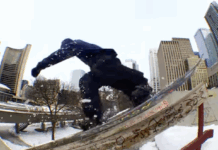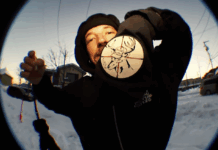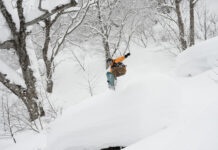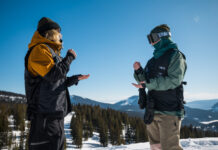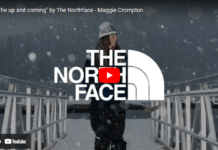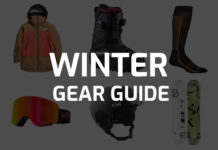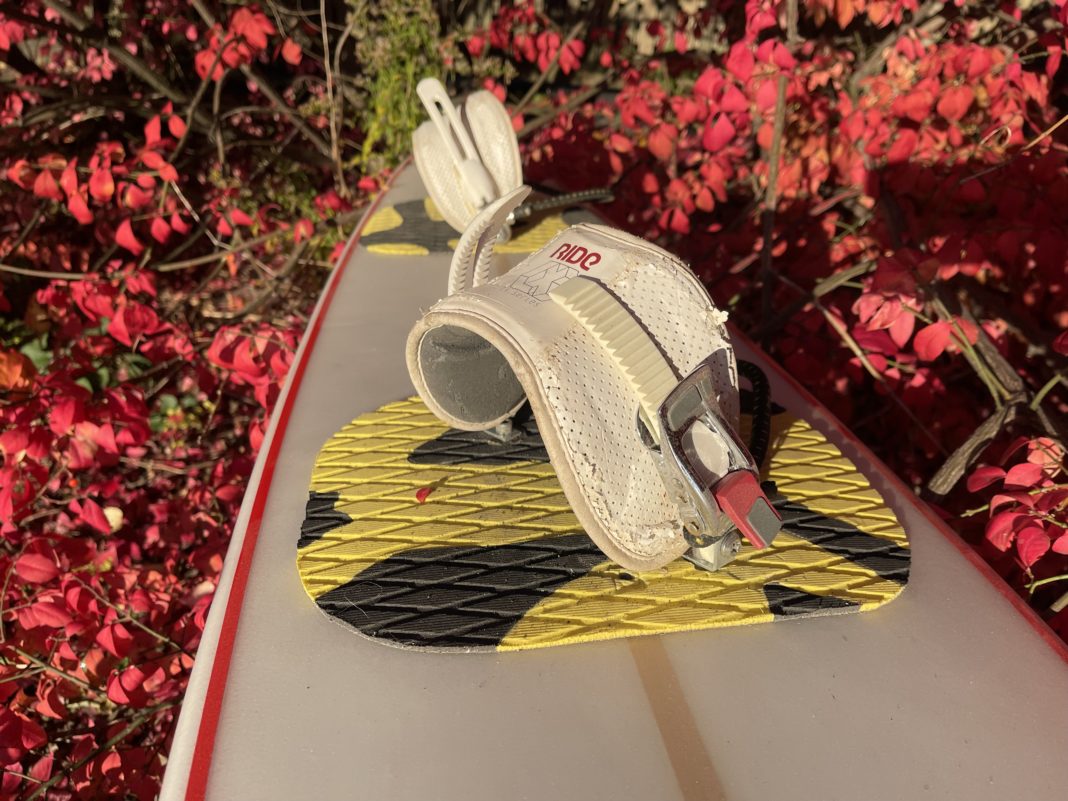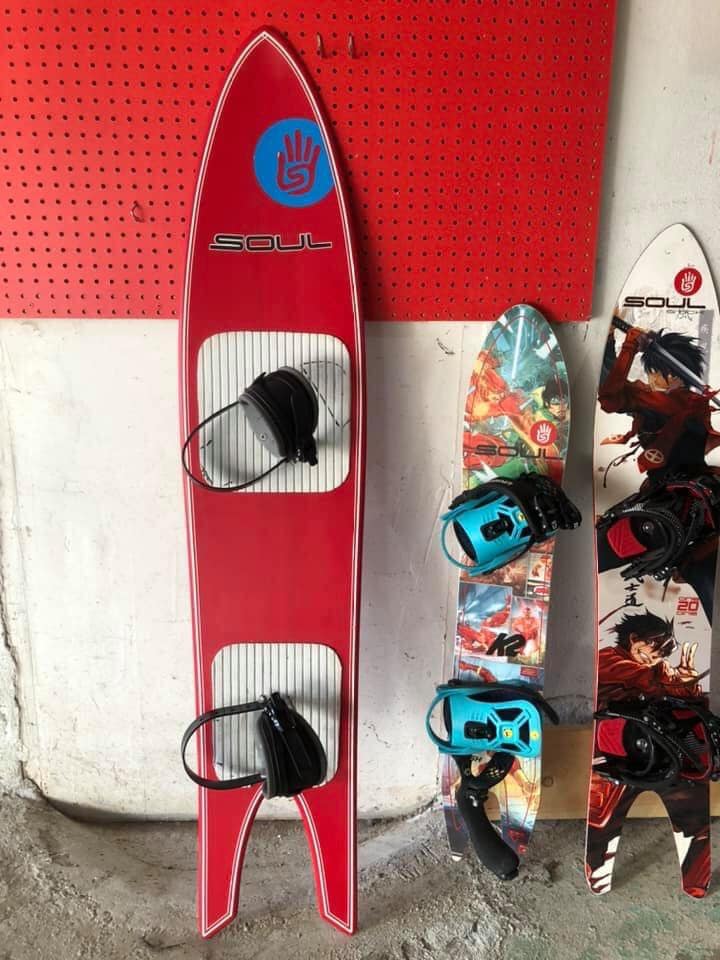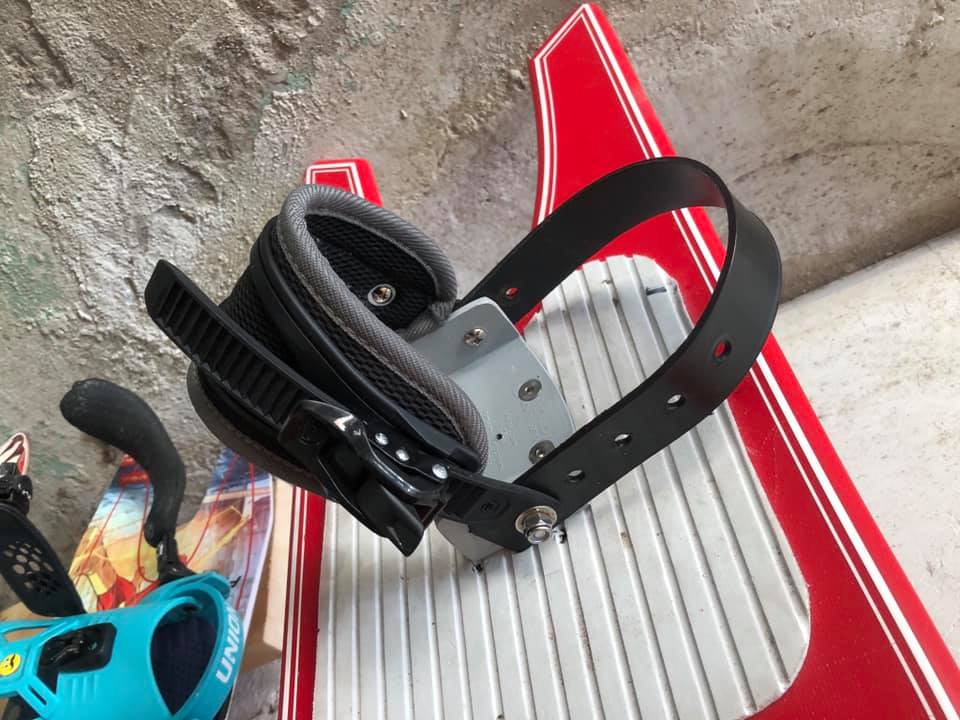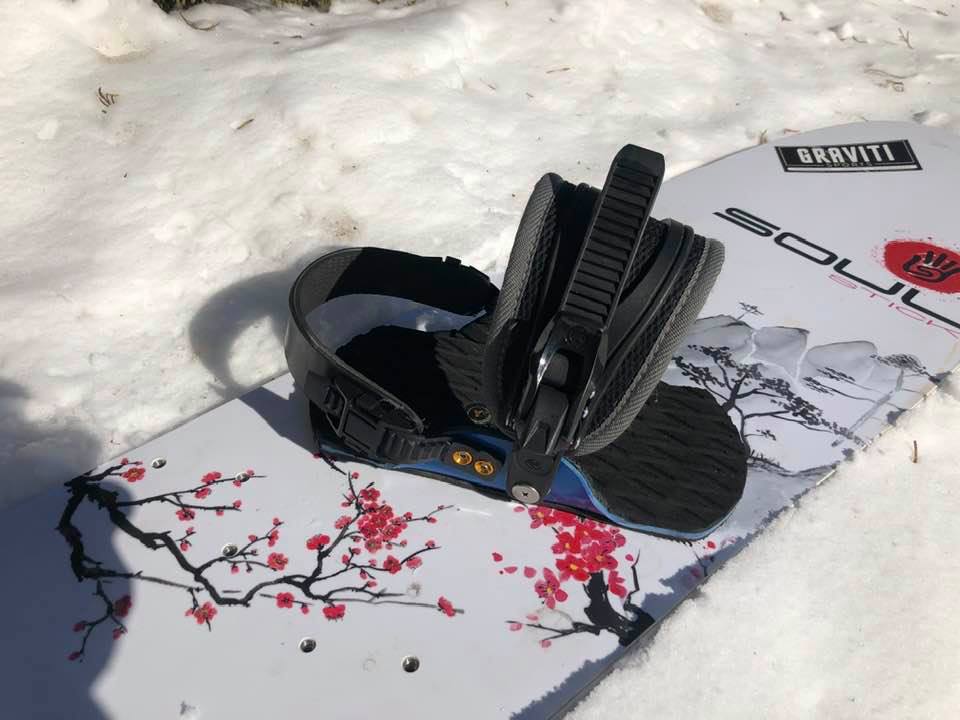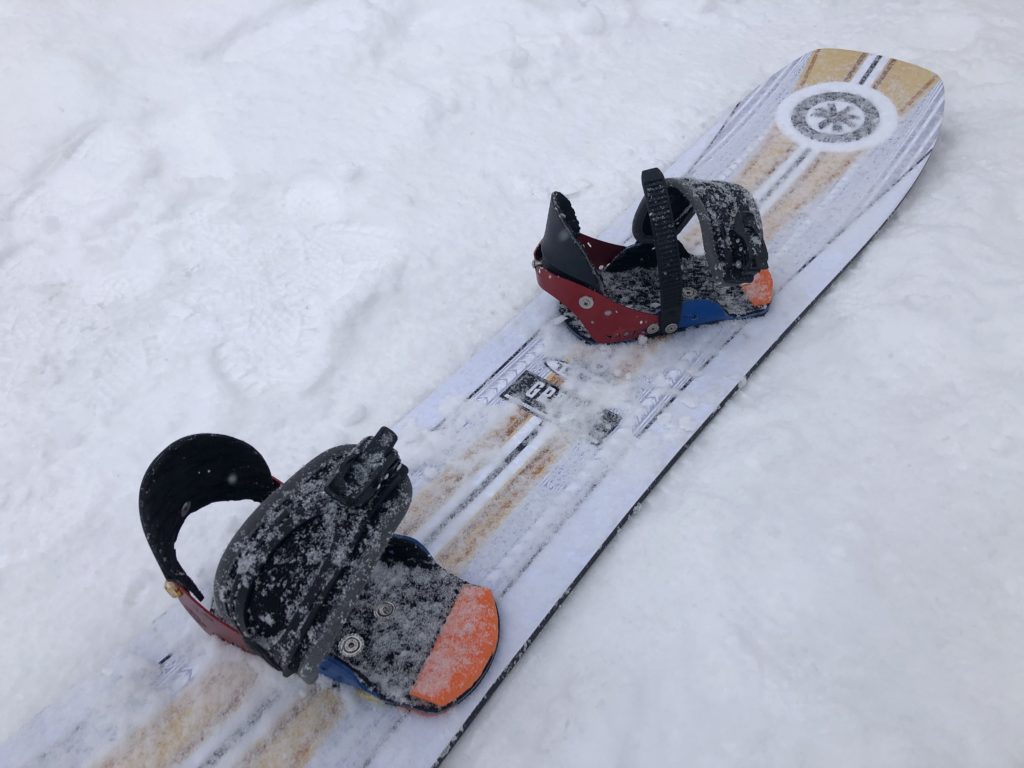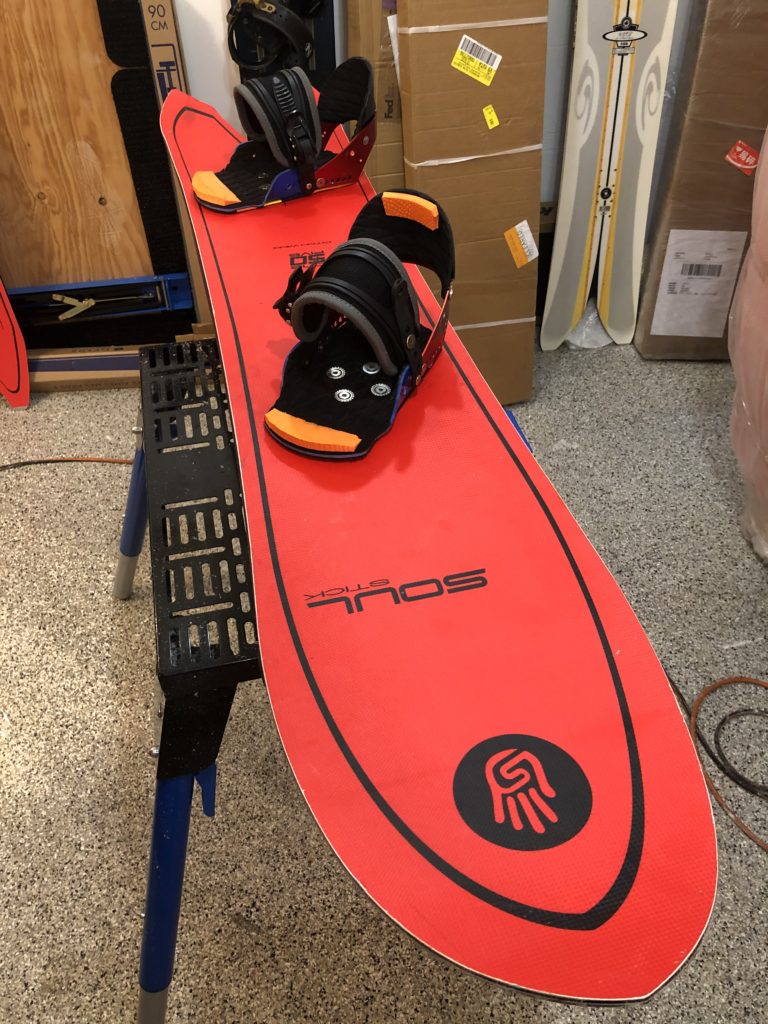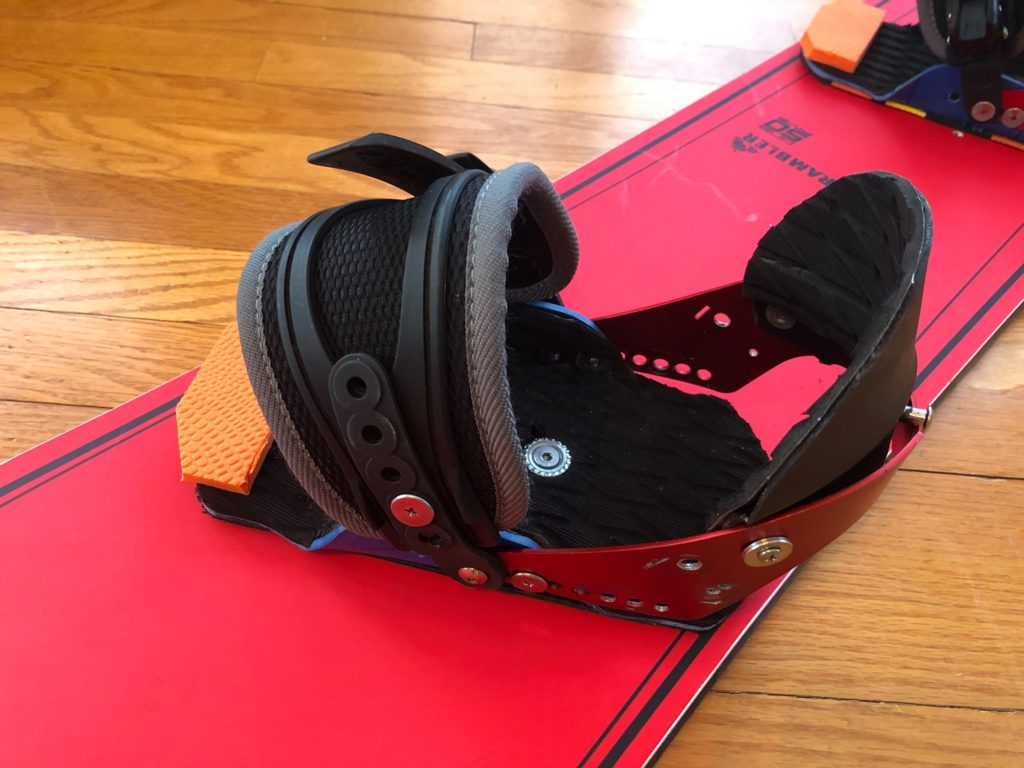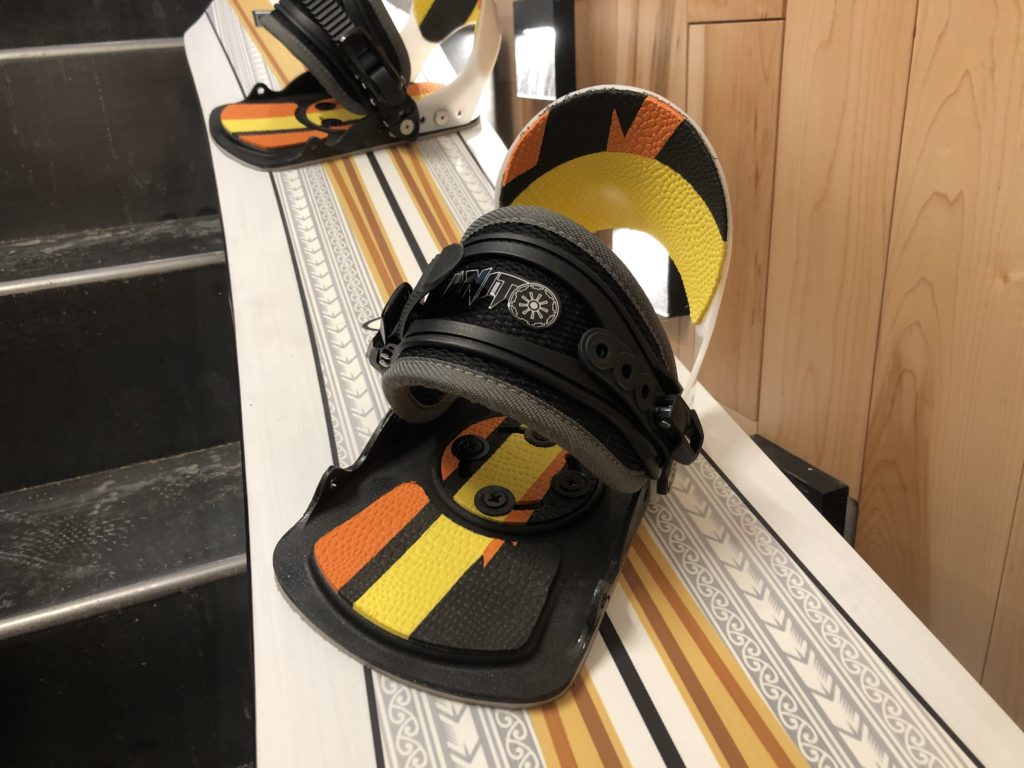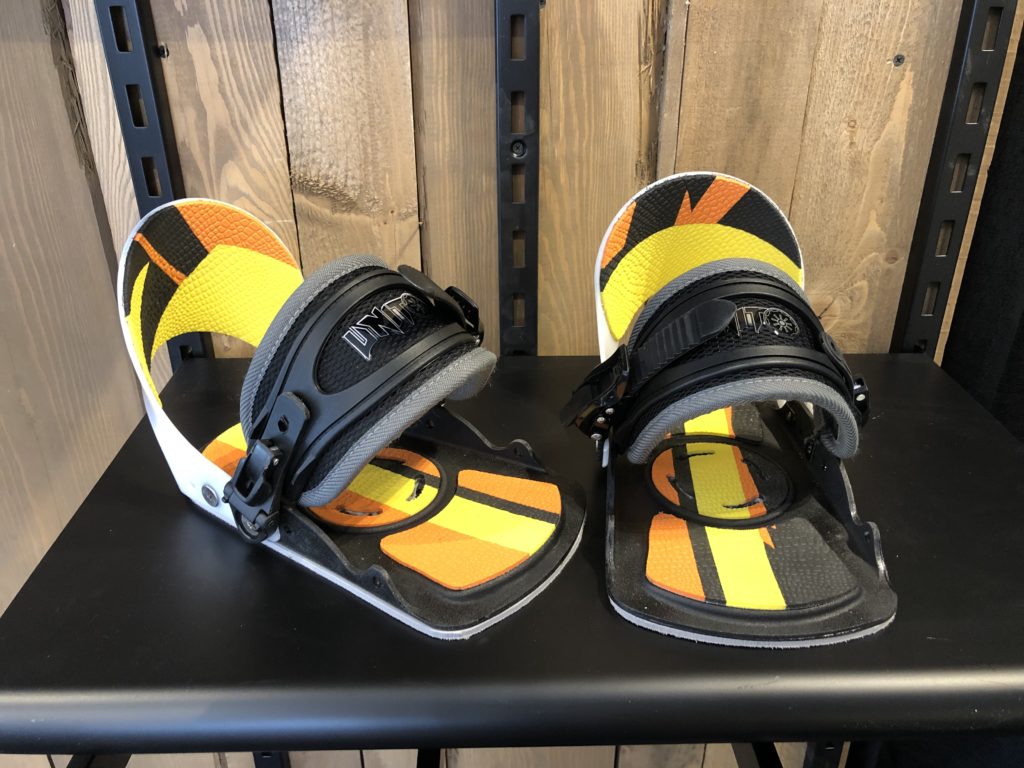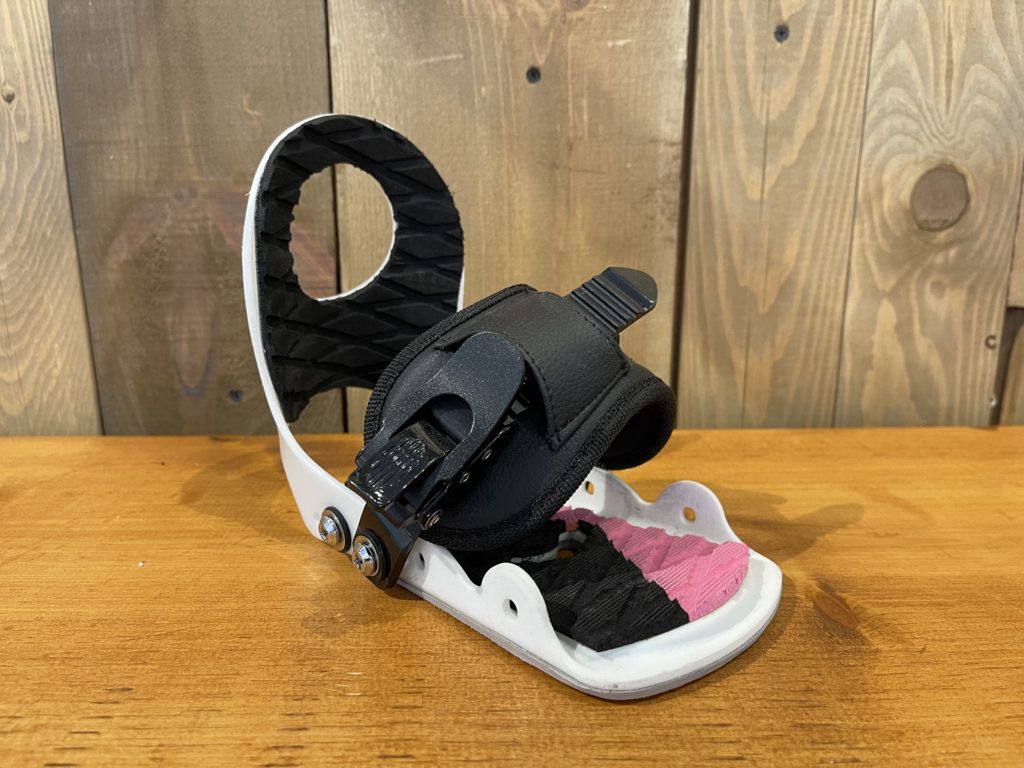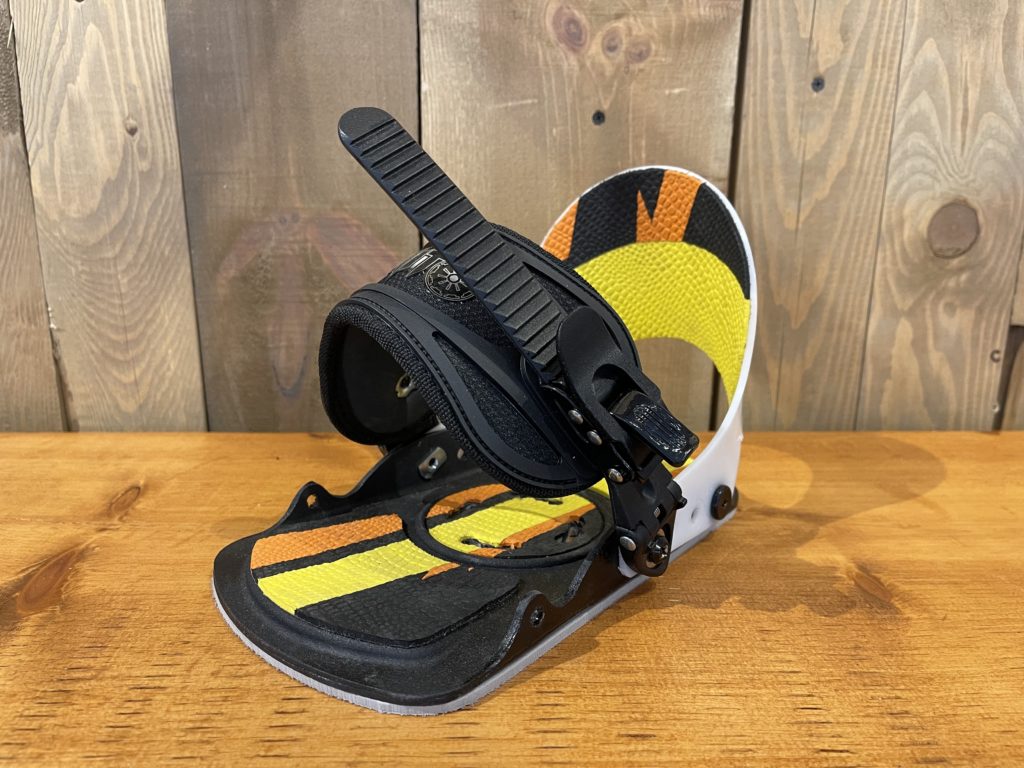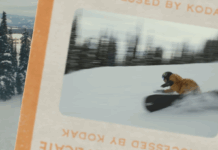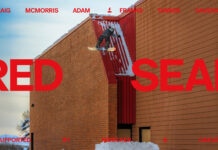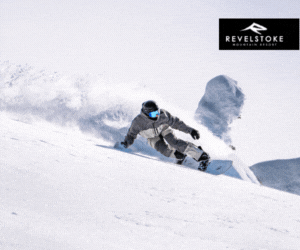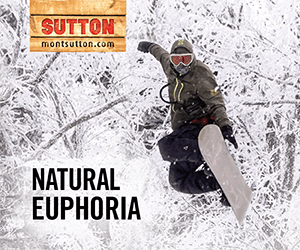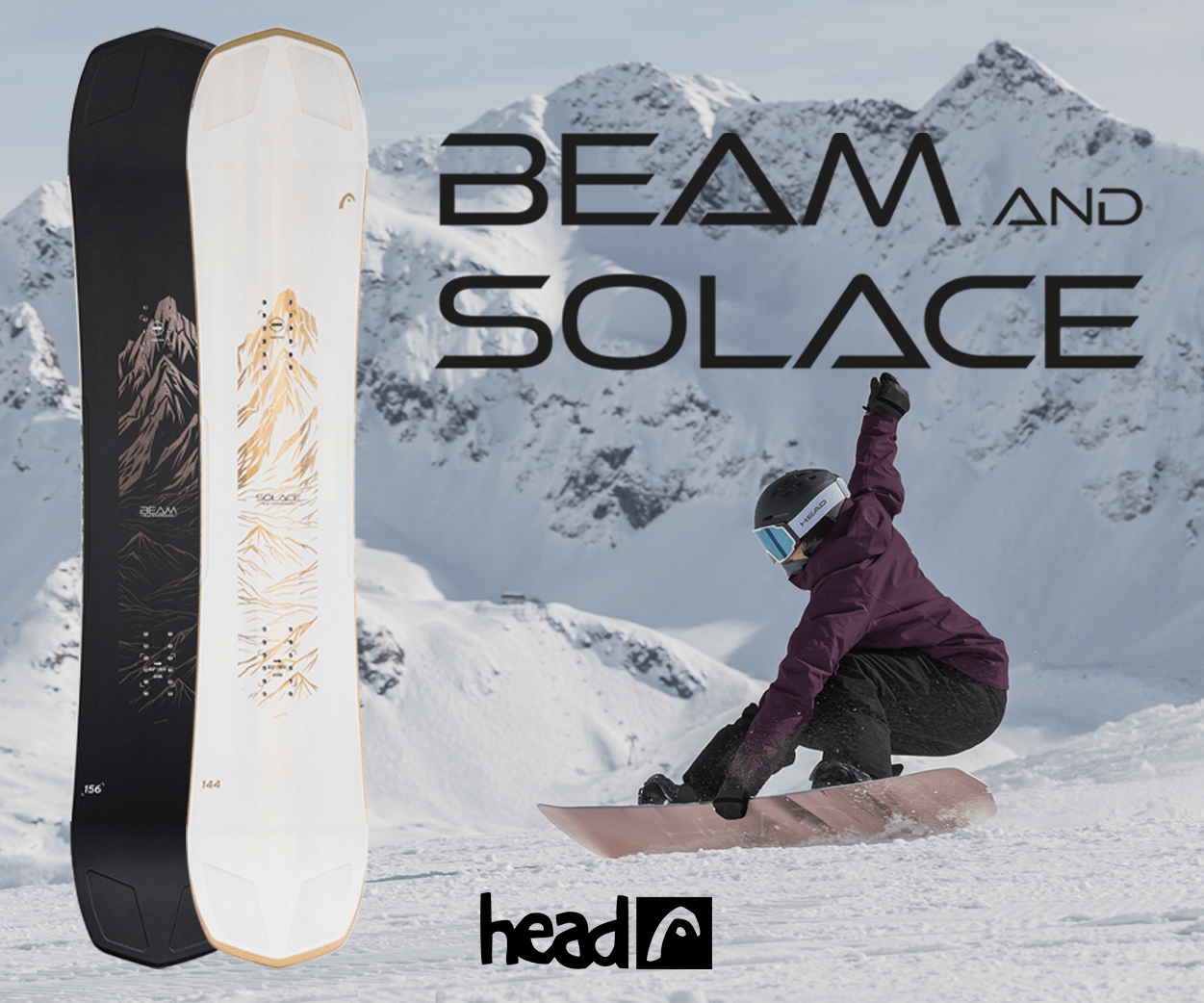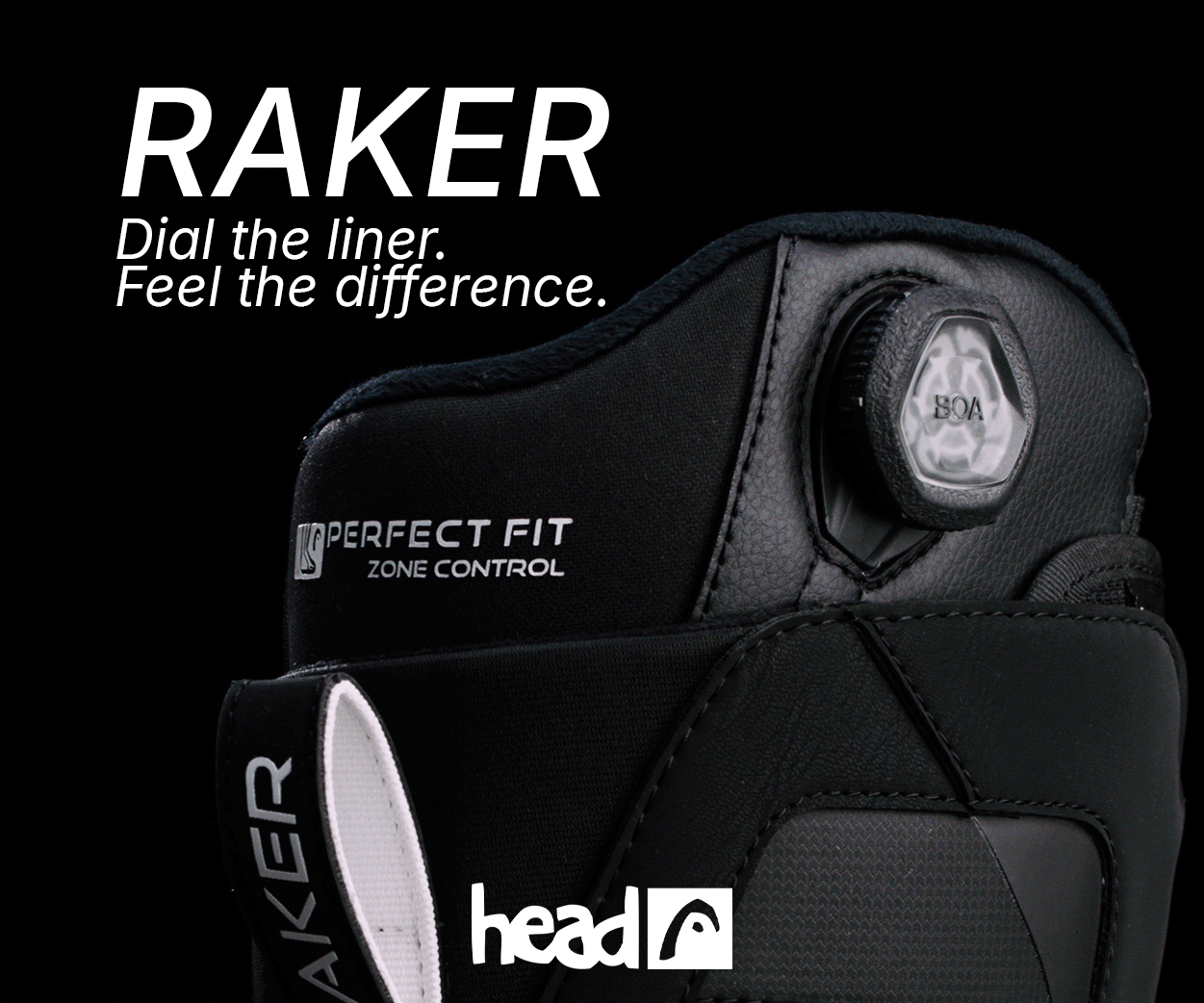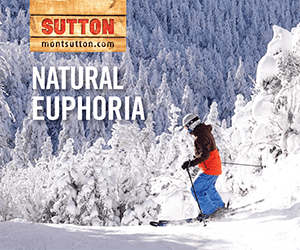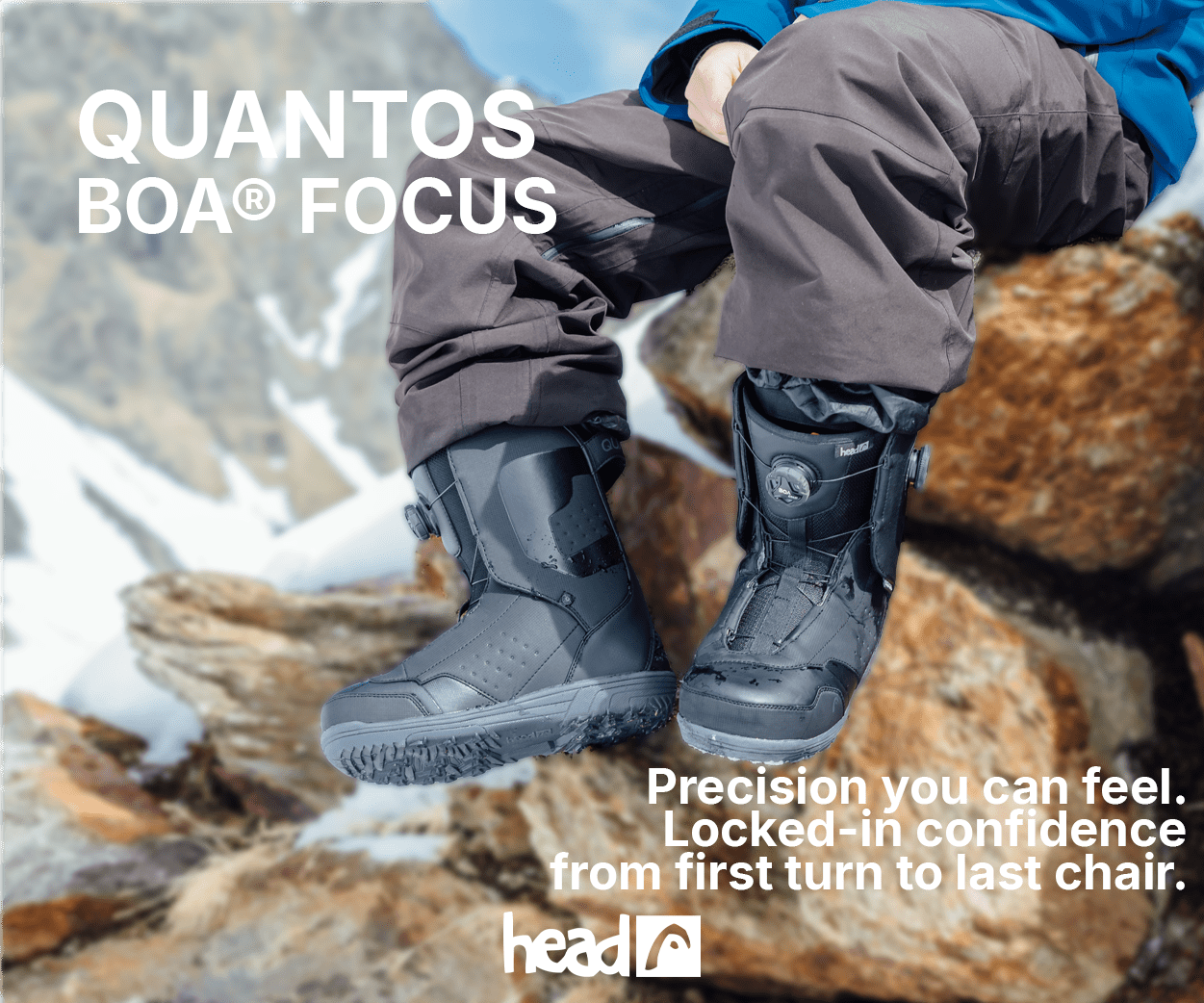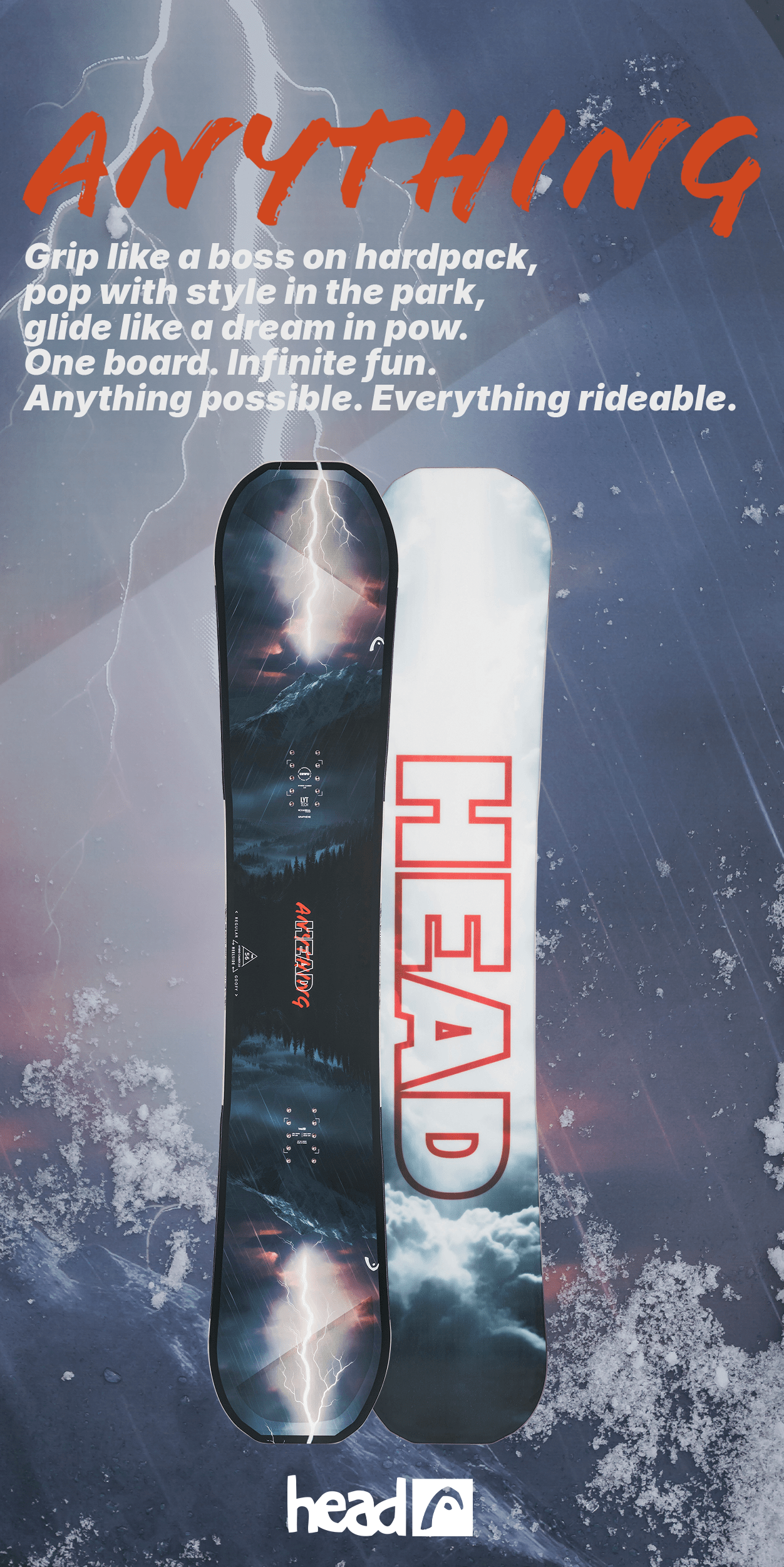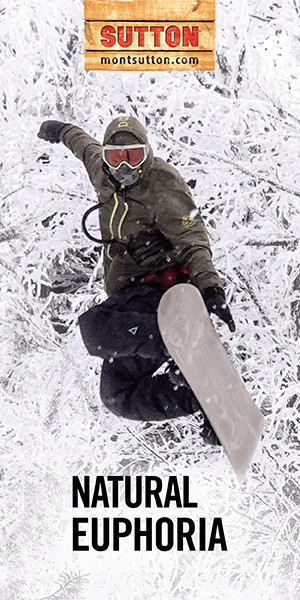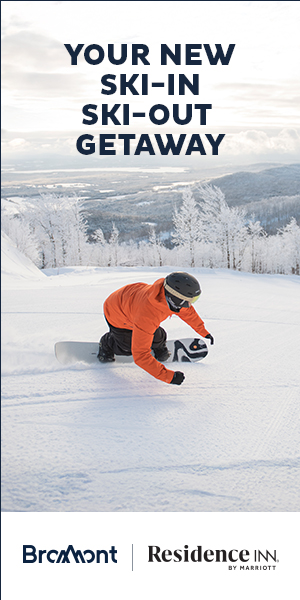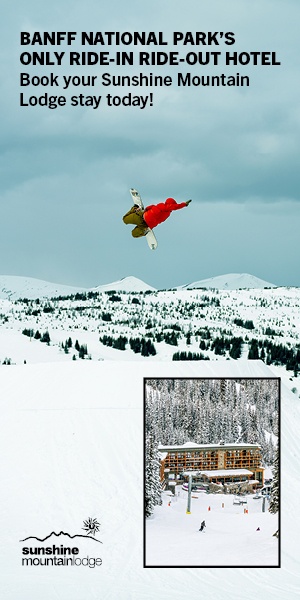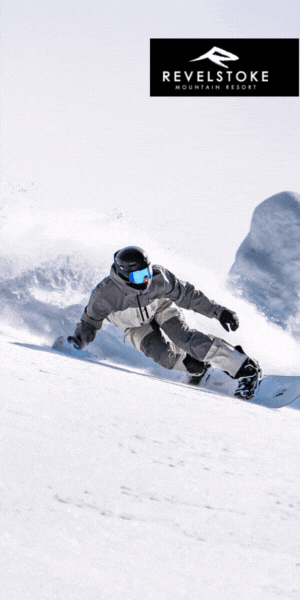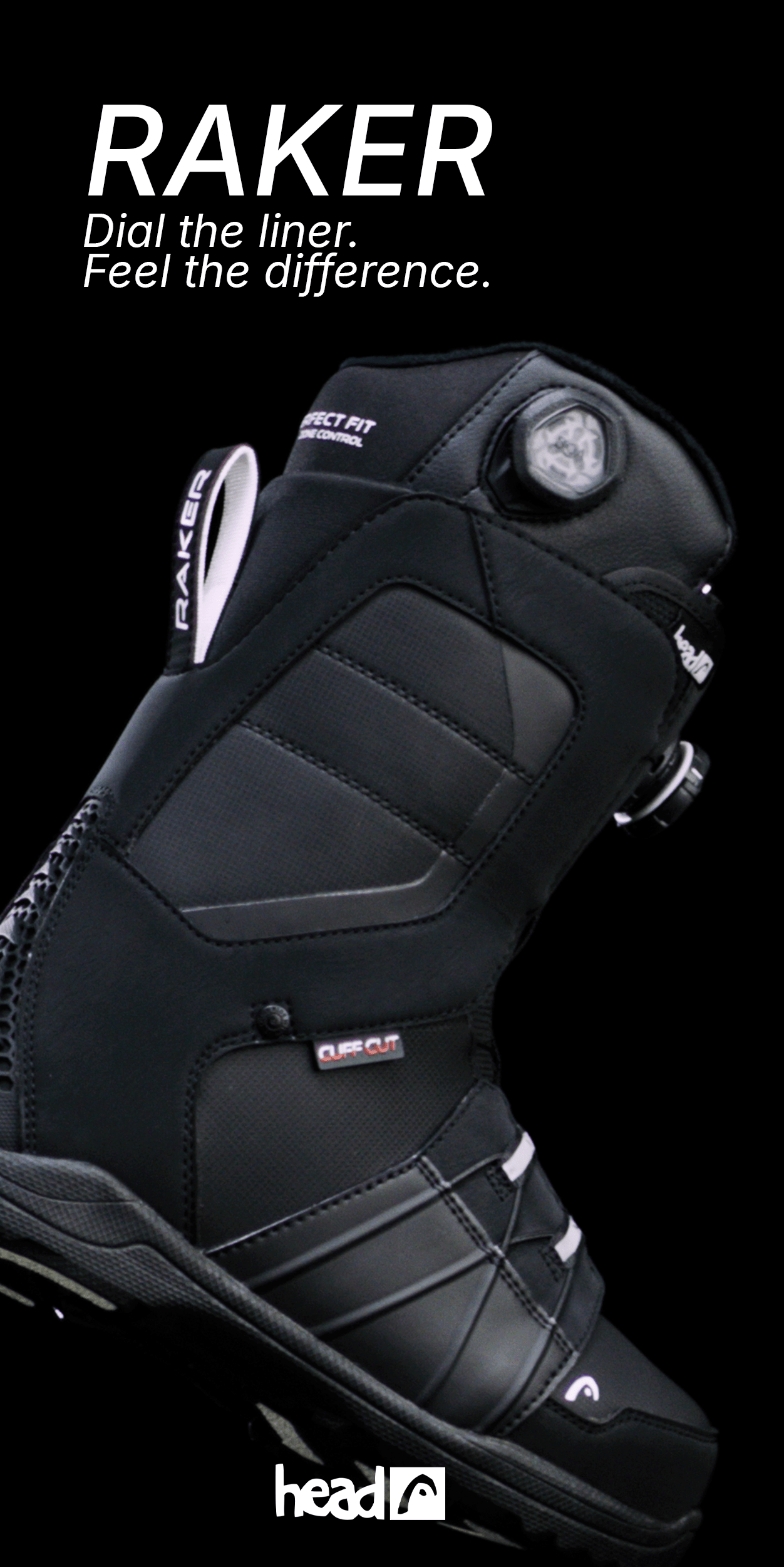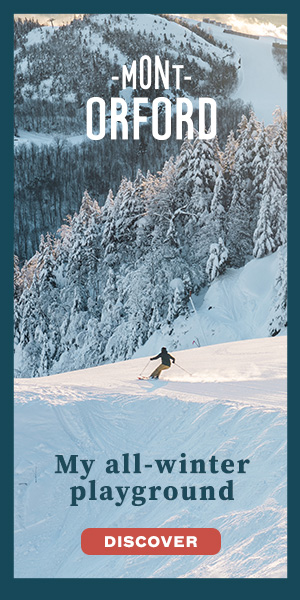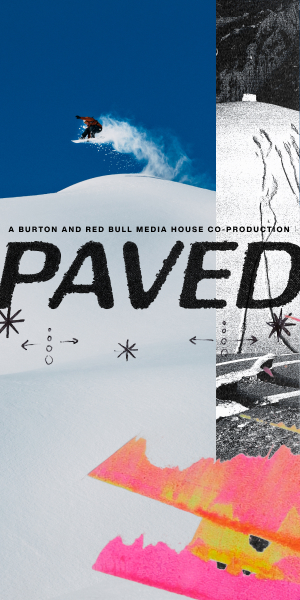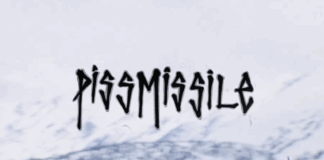Words by Corran Addison
In its goal of becoming more accessible to the masses, with focus on excessive comfort, ease and infinite adjustability, durability, snowboarding has taken an interesting turn and veered sharply away from its roots.
By roots, I mean surfing, and skateboarding. There are other influences of course, but these were the main protagonists that created the sport of snowboarding that we know today.
I understand the need to bring in the masses, and to do that, equipment is critical. The more comfortable the boots and bindings are, the wider the appeal. The easier they are to adjust, the wider the appeal. The less effort required to adjust them and get them comfortable, the wider the appeal. And then of course, people have become accustomed to the idea that the equipment should be eternal; that it’s a one time purchase and you’re in the game.
But it wasn’t always this way. The first snow surfers literally came from surfing, and quite literally, surfers put a surfboard onto the snow. At first glance, surfing appears fairly unique in sports, where the focus on weight reduction at all costs, especially for shortboards, is primordial. Every gram counts, and the bare minimum of foam density, and fiberglass is used to make the board just strong enough to not buckle under you while riding, and not a gram more. Many surfers won’t use foam traction pads because of the extra few grams it adds to the board’s weight, and at the same time, super lightweight carbon and foam core fins are used amongst performance surfers instead of “heavier” plastic ones.
Within one session the decks start to show heel dings (dents) just from standing on it. A fall onto your board can poke a hole through it, or snap it in two. Just a waist high wave landing just right on the board can snap it in two. In fact, I’ve had the pleasure of snapping three boards in half in the space of an hour. At $500 or more a board, that’s an expensive morning. Adding just 30% more weight to the board (so going from about 1.75kg to 2.5kg would make them almost impervious to most snapping and denting incidents, and yet even average surfers won’t accept that increase in weight. I’m not talking about the pros here – they’re on boards even lighter. Single use boards, you might say.
While most surfers are quite happy to accept the slight increase in weight of plastic fins, and a foam rear foot pad, and perhaps an extra light layer of fiberglass in the deck, making them slightly more resistant to snapping and dings, they remain nonetheless very fragile, and very light.
But is surfing unique in this regard?
Well, let’s look at surfing’s other great influencer; skateboarding.
Skateboarding as we know it today came of age in the late 1970’s, and by the early 1980’s, every kid in the world that had been exposed to it wanted to be a skater. For a kid, a set-up is expensive, and so they tried to emulate the pro’s from the magazines, so the boards began to take a beating. Rail slides, curb grinds and all quickly started to wear out the wooden decks and mutilate light weight trucks (axels). So we started to bolt all sorts of bits of plastic to the decks (and even returned to making plastic or fiberglass decks) to protect them. Gorilla rails for slides, coping to protect the trucks, nose protectors, tail protectors and so on. The decks got wider so there was more footroom, and thicker to prevent snapping. Before you know it your board is 50% heavier, and won’t perform properly.
Slowly, but surely, the bits and pieces started to come off. The boards got narrower and thinner. Wheels got smaller and lighter, as did the trucks and by the late 1990’s a skateboard was half the weight, and twice as fragile. It’s simply accepted that decks break, and get worn out. No one cares.
Yet with snowboarding, as an industry, driven by a desire by brands to out-do each other in luxury and style, to entice skiers to snowboarding, and as much as anything, to render old equipment obsolete, the equipment has gotten more complex and heavier (but definitely more comfortable and in some regards, more durable).
Retailers want turnkey setups. An array of boots as comfortable as your bedroom slippers, with heat moldable liners, auto dial lacing, flex adjustment line the shelves, and they sell, because in the store, they’re comfortable. Bindings need to adjust to all sizes, and styles of boots, and rider preference, in minutes, and fit onto any board with 3 turns of a screwdriver.
And the boards themselves, while much lighter than they were in the 1990’s, generally weigh about 3.5kg for a 150-160cm board. It is possible to make a board 20% to 30% lighter than that, but you have to give up durability. And as someone who’s been in retail for a long time, I can tell you one of the first questions is about a board’s durability and its warranty.
For three decades I was a hard booter, so you’d think I’m not well placed to criticize the weight of modern gear. Interestingly, when it comes to racing, heavier is better. It’s not like we purposely add weight, but boards have metal plates a meter long bolted to the top, with metal bindings and heavy super stiff ski-like boots. The whole set up is very heavy. But in about 2010 I moved to California to surf full time, and I hung up my hard boot set-up and switched out for the new emerging “volume shifted” snow surfing boards that were making a comeback.
Because the equipment was so much lighter than my previous set-up, I was slow to realize how heavy it still is, and it wasn’t until I made myself a yukiita (bindingless snowboard) that I realized just how insanely heavy, and restricting, a normal store bought set up is.
And finicky. Good gosh, but everything adjusts in all directions with a twist here, a clamp there, a lever here. All parts that will wear out and break if not over engineered to the lowest denominator of abusive human likely to use it.
One day I decided to start to weigh my gear. I have loads of it, from ultra light and stiff carbon bindings, to some old Flow bindings. The lightest carbon bindings I have (that still have all sorts of swivels and knobs and things that adjust) weigh just over 800g each. My old Flows weigh about 1250g, and the rest cover a range in between. So just the bindings add about 1.5kg to 2.5kg to the boards overall weight.
Boots in turn weigh anything from about 1kg for the lightest I could get my hands on, to 1.5kg for the heaviest (and I know there are heavier ones out there). That’s another 2kg to 3gk weight on your board.
To compare to a yukiita (which is already lighter than a normal snowboard, but lets ignore that for now) that means we have at best 3.5kg, and worst 5.5kg added weight on our feet. This is weight you have to carry to the lift, dangle from your foot on the ride up, and swing about and maneuver on the way down.
No wonder we get tired!
So one day, after a big dump, I decided to take the bindings off my favorite board (as comparing to the baseless edgeless yukiita isn’t a fair test), screwed some cricket shoe studs into the inserts, put on a pair of light Sorel snowboots, and took the lift up the mountain (with a leash). It was the most spectacular ride down. Light and effortless, natural and graceful.
At the bottom, I pulled out the studs, but the bindings back on (that weigh 1kg each) and put my snowboard boots on (1.3kg each), went up again, and took another run on the same slope, with that same board (my favorite board).
It was horrible. The direct test contrast was alarming. The weight was a huge part of it – I immediately could feel the extra work involved in turning, and by the end of the run I was more fatigued. I also realized how much that dangling board on your feet tires you out on the chairlift ride up.
But it was more than just the weight. The freedom of movement of the ankles and lower legs, as your foot rolls side to side and forward and back allows for a far more natural organic feel of the board under you. Unlike surfing, on a yukiita I don’t really do any “footwork”. Once standing on it my feet remain where I started, so it’s not the ability to shift your feet around, so much as just not being encumbered by all this rigid mass around your lower leg.
So I pulled it all off again, and reverted back to bindingless and snow boots, excited about the day to come.
Then reality came knocking. In 2015 I moved back to Eastern Canada. Mountains are small, crowded, and we get very little powder. The board had worked the first run because I was the first chair, and it was virgin snow. Now an hour later, it was all tracked out. With just 30cm of fresh, I was constantly hitting the bottom, and each time I did I’d fall as feet got dislodged from the board and I’d slide off. At the bottom where the trails converged, I had to walk the last 500m to the lift.
Yukiita (or No Board as they are also known) work in places with bottomless snow and endless open powder fields because it doesn’t get tracked out, you never hit bottom, and you don’t have to pick your way through tightly packed trees or other riders. But for where I live and ride (and indeed, most people that use lift access inbounds), Yukiita type boards are simply not an option.
Surely I thought, there must be a happy middle ground? I had crossed the Rubicon, and the knowledge from my impromptu test could not be undone. But I live somewhere where it’s simply impractical to ride a snowboard without being attached to it. Add to that the simple reality that 70% of the time we’re on groomers, like most people, and I found myself in a bit of a conundrum. This was three years ago.
So I packed it all in, and went skiing!
That would have been a disappointing end to this, wouldn’t it? But rest assured that’s not what I did. I went into my garage, and looked at my array of toys, and on a shelf was my “tow-in” surfboard. On the deck, a pair of simple straps; just enough to keep you connected to the deck while you’re speeding down a 40’ wave face, with the wind sucking up against you. It’s simple, it’s light, and it works.
As I rummaged through my goodie box holding decades of discarded bits and pieces from an array of sports, I considered William Blakes famous words “What is now proved was once only imagined”, and it gave me encouragement.
So I grabbed an old pair of bindings, pulled off the toe strap, built two little L brackets, and mounted it to the deck of a board. Voila! The next snowfall, off I went, and it worked really well… until things started to get tracked out. While I had solved the issue of my feet dislodging when bottoming out, I was unable to hold an edge. This was accentuated as soon as I hit the groomer, and effectively had to slide almost uncontrollably down.
But it gave me just enough positive feedback to realize that I was on the right path, but not there yet. Albert Einstein once said, “You can’t solve a problem on the same level that it was created. You have to rise to the next level”. I know this quote well, and hold it close to my heart when working on complex proplems.
Over the next three years, my son (who was 4 when I started this process) watched me spend my evenings in the garage tinkering with binding bits, cutting, heating and forming bits of plastic or metal. In fact, I spent so much time there working on this that anytime he’d find a piece of random plastic somewhere he’d pick it up and give it to me saying “Here daddy, for you to make a binding with”. Now at 7, it’s the running gag in our house. If something isn’t working like I think it should, I “binding” it.
Slowly the binding progressed from just a strap, to a basic plate under the foot with a bigger top strap, to finally a small unobtrusive “lowback”, which I realized was necessary for any kind of enjoyable carving on groomers (with light soft snow boots – with standard stiffer snowboard boots, just a heel cup was enough).
Looking back on this, it was certainly a case of reinventing the wheel. Many of the steps I was going through were steps already taken by snowboarding’s pioneers, and I would be amiss to claim of having invented anything here. But what I am suggesting, is that between that time when snowboarding was taking surfing and skating to the mountain, and now, it has lost its way. In the effort to be all things to all people, in an instant gratification world of turnkey convenience and plush living, snowboarding as a whole has taken a direction that is not necessarily right for everyone.
Bring this up, be it with riders (most of whom started long after the binding was already invented), or industry people, and you generally get some remark about this being the way it’s always been done (once the concept of a plastic binding was reached in the late 1980’s).
Charles Kettering has some words for this line of thinking. “If you have always done it that way, it is probably wrong”. Touché!
Unfortunately, if you’re not part of a small “bingingless” group, your options are very limited. A perusal of a snowboard shop will present to you 100 variations of the exact same thing; whether it be boots or bindings.
The arrival of Covid gave me more time to play with this. Eventually I came to what I believe is the definitive version of the concept. A lightweight base, that connects to a standard 2×4 hole patters without a central disk (weight), that has a natural flex, allowing the boot to flex the binding in both pitch and roll, much like no binding at all, while the light single centralized top strap keeps your boot connected to the binding, and a flexible lowback gives just enough support to be able to do full body lay-out turns on groomer.
The whole binding, that I’ve nicknamed the Powder Clip, weighs just over 400g. Add a little pad to the underside to absorb a little more vibration, and its 450g. That’s half the weight of most bindings. Combine this with adding a little structure to the inside of my “Sorells” and I’ve dumped a kilogram per foot, as well as having gotten that snowsurf feeling back where the sport originated.
My son sat with me in the garage as I fabricated pieces, and then we’d go ride together the next snowfall testing. He’s turned into a ripping little snowboarder, able to lay-out carve groomers, or pick his own lines through bottomless tree runs with confidence. There isn’t a run on the mountain that he can’t do with confidence. It didn’t take him long to ask me why, if I thought my new set-up was so much better than the normal bindings I had before, did he not have a pair?
So I made him a set, sized for him. He has two identical swallowtail boards, so I put the prototype on one, and his standard Union Cadet on the other. Within two runs he announced that he preferred the new ones, and if the proof is in the pudding, I made him a second set for his twin tip, and he has not been on his old bindings since.
Likewise, I passed mine to several friends to try, and all came back and asked for some. Will they all convert to these and ride them all the time? Who knows? Is this the future for snowboarding and everyone? Unlikely. But I do feel that I have stumbled onto an alternative that is missing between the mass of quasi-cloned traditional bindings, and none at all, for a certain kind of rider looking for a certain feel.
Consider William Pollards words of wisdom, “Learning and innovation go hand in hand. The arrogance of success is to think that what you did yesterday will be sufficient for tomorrow.”
Now I have to go back to the garage, and make some bindings for my friends for them to use tomorrow. Payment is accepted in the form of good rum!















